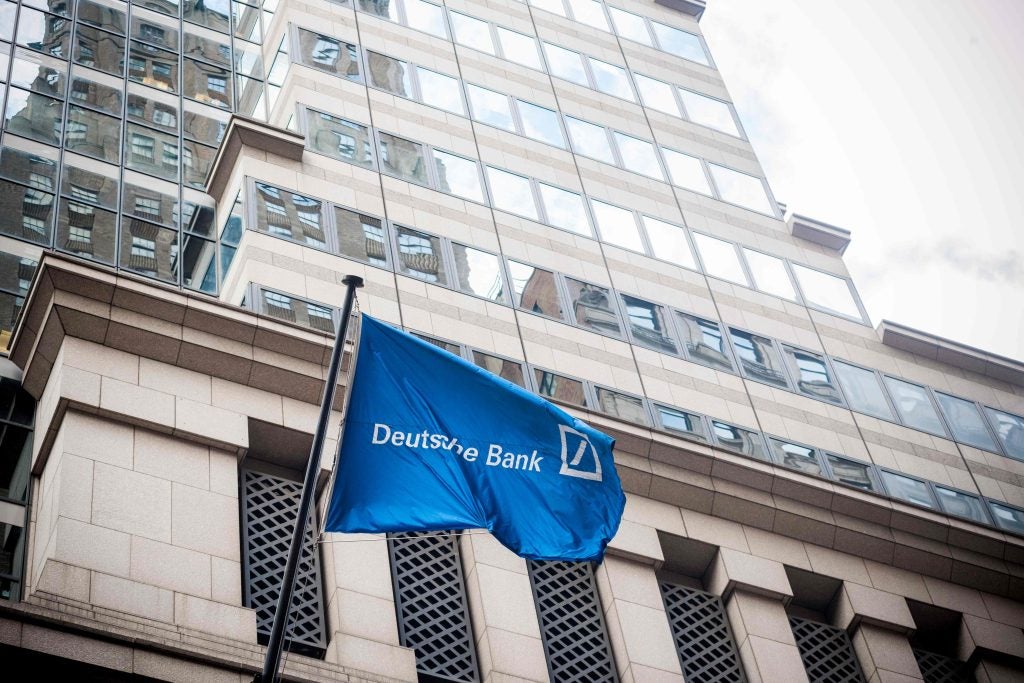
In November 2007 the Markets in Financial Instruments Directive (MiFID) came into effect, with the aim of enhancing consumer protection and increasing competition and choice across investment markets in Europe. Its successor, MiFID II, is now on the horizon. Daniel Judge speaks to key figures about the implications for the industry
The global financial crisis that erupted almost immediately after its implementation exposed, in the European regulator’s reckoning, weaknesses in the MiFID framework, and in 2011 a consultation for MiFID II began.
In just over three months, on 3 January 2018, some 10 years after MiFID I and a year later than planned, MiFID II will arrive.
That day will bring to an end a lengthy and slightly rocky gestation period during which affected firms have complained of numerous uncertainties in the regulations, and of inadequate guidance from regulators about dealing with them.
MiFID II will extend the scope of MiFID to cover more financial companies, investment products and instruments, as well as beefing up many of the elements of the original regulations – in some fairly onerous ways in the view of some in the private client community.
MIFID II REQUIREMENTS
Among the requirements imposed on them by MiFID II, wealth managers will be subject to new, and in some cases daily, measures that cover the following:
- Transaction reporting
- Tougher transparency standards
- Improvements to best execution
- Significantly strengthened product governance and client appropriateness checks
- Greater disclosure of underlying investment costs
- Steps to manage conflicts of interests
A key objective of MiFID II is to improve client outcomes through greater transparency. On the whole, the view seems to be that it will do this, though ultimately at a cost that may have to be passed to clients.
There is also a feeling in the industry that some of the regulation leaves too many grey areas to be interpreted by providers, while other requirements could put too much pressure on firms, making them go to unreasonable lengths in exchange for relatively small gains in terms of transparency.
In particular, some view elements of the new data-collection, reporting and disclosure standards as being too in-depth for the average private client, who may struggle to make useful sense of it, or simply may not care about, for example, the minutiae of policies on best execution.
And in the specific case of the so-called 10% rule, by which wealth managers must report to clients on the same day if their portfolio falls in value by more than this amount, some think the measure could be counter-productive and lead to worse outcomes for investors if it prompts anxiety and panic-selling, as some fear it might.
Other aspects of the regulations may be difficult to realistically achieve.
CHALLENGES
It is widely agreed that one of the biggest challenges for private banks from MiFID II will be putting in place systems and procedures for collecting and managing the vast amounts of additional information required by the regulations.
Mamet Rana, director at Deloitte, who chairs an industry MiFID II forum and advises wealth managers and private banks on the regulations, says one example of this could be the requirement to break down client fees into explicit component parts.
“Some costs will be coming from a product manufacturer, or other third party, so a private bank or wealth manager will have to obtain that information from them.
“Another potential difficulty, for example, is that a wealth manager may send trades to another part of its group for execution, at which point it is bundled up with other deal instructions into one big trade. So, it might be difficult to work out how it translates into an explicit level of cost within an end investor’s top-level fee,” Rana adds.
She says there are numerous areas where private banks will need to invest in new technology and operating systems – one such being posttrade reporting.
Roddy Buchanan, head of wealth management for WH Ireland, says: “The areas where technological development is required are significant; when looking at where we are now and counting the days to January, it may be difficult to ensure all the technology is in place and doing its job, as required, by the deadline. “The sheer amount of data that has to be collected is enormous,” he continues.
“And then there are issues of how it is stored, maintained and updated.”
Buchanan says preparing for MiFID has been a major task, for which preparations have been long in the making, though getting to grips with the details – as far as has been possible given that some official guidance has been relatively late to arrive, with remaining information due from ESMA not expected until the first quarter of 2018 – really began in earnest in January.
MIFID II RETICENCE
With the deadline for MiFID II implementation only three months away, it might be assumed that most private banks and wealth managers are, by now, well prepared for 3 January. And maybe they are, but few seem willing to talk about its operational impact in any detail.
Many of the biggest names in the industry would not go on record to discuss their implementation plans when contacted by Private Banker International for this article, with several stating they are “not ready” to do so.
A statement from Julius Baer reads as follows: “The bank is going to achieve MiFID II compliance by 3 January 2018. The MiFID II Programme is currently running different implementation projects in several jurisdictions. The focus for the next months is on the technical implementation and on the training of the affected staff, both front and back office.”
With only 90 days or so to go, and given the reluctance of several private banks and wealth managers to go on record to discuss their progress, it seems legitimate to question just how ready some firms really are for MiFID II.
A source at one large private bank, speaking off the record, says there is still a lot to be done, likening the situation to the run-up to RDR’s implementation in 2012. “It feels a bit chaotic, with a lot of uncertainties still to deal with between now and January in terms of our approach, which is a bit worrying because in hindsight we made some errors of judgement around RDR,” the source explains.
Deloitte’s Rana says, inevitably, that some firms are more progressed than others, and there are bound to be some – perhaps quite a few – that will struggle to be 100% ready by 3 January. Another MiFID II consultant, speaking anonymously, states: “If they are not compliant, then they will need a good reason as to why not.
“I would advise going to the regulator to state your case in these circumstances. If your non-compliance is because you are reliant on a third party providing you with information – for instance from a manufacturer in a product governance context – then the regulator may be more forgiving. But if there is no good reason, apart from that you simply were not ready in time, because you were too slow to get your act together, then that is a different thing.”
COSTS
Overarching the practicalities of complying with the MiFID II regulations are another major issue for private banks and wealth managers: the rising cost of doing business generally.
These costs, to which MiFID II adds, plus margin pressure linked to, among other things, the growth of cheap, passive investing and low interest rates, are prompting some soul searching about the future of private banking and wealth management.
Some believe further consolidation, and perhaps even the eventual commoditisation and the depersonalisation of private banking’s famously client-centric culture, could be the outcome.
“Ultimately, I think we will continue to see consolidation in the market, but you get to a certain point and where do you go next? You can only consolidate so much and maintain a competitive and healthy market,” says Buchanan.
“There are definitely still economies of scale to be had, but one does not want those to be the overriding driver because it will ultimately lead to a diminution of client service.
“The wealth management industry has been very good at providing high levels of service and looking after the client, but the larger one gets, the more things are done according to process, which in some circumstances can be a really good thing,” Buchanan notes.
“But if it means services become more commoditised, then that is not actually such a good thing for the private client, in terms of investment performance and the personal service that the industry has always done so well.”
To be clear, Buchanan is not laying the blame for the industry’s woes, such as they are, at MiFID II’s door, even if it is a contributing factor to increasing costs. He is broadly supportive of the regulations, seeing them as part of a positive continuum that includes MiFID I and the RDR in the UK, which has resulted in investor protection getting better and better.
“In terms of what MiFID II is aiming to achieve, I do not have any argument with it – the intent is absolutely right,” he says.
“There is no doubt in my mind that clients are in a much more secure position than they ever have been because of regulations such as MiFID I, RDR, and MiFID II.”
However, there is a ‘but’ coming: “It is also valid to consider whether such regulations are really going to prevent, or provide much protection from, another Black Swan event. I think the answer is probably not.”
If that is the case, is all the time and money spent on the regulations worth it?
Says Buchanan: “That is the thousand-million-dollar question. Some of the initial costs are really quite large, particularly around investing in the technology and systems needed for some of the new reporting requirements.
“Those are the hard dollars, but then there are the less-quantifiable aspects; all the time spent by everyone doing everything that is required and getting everyone trained up. If I jotted up all the days that have been spent on MiFID II compliance, and will continue to be, that will be very significant. If you then multiply that across the wealth and private banking industry, it would be enormous.” Buchanan concludes:
“At the end of the day, any initiative that promotes better outcomes has got to be a good thing, but the costs cannot be ignored either.”







